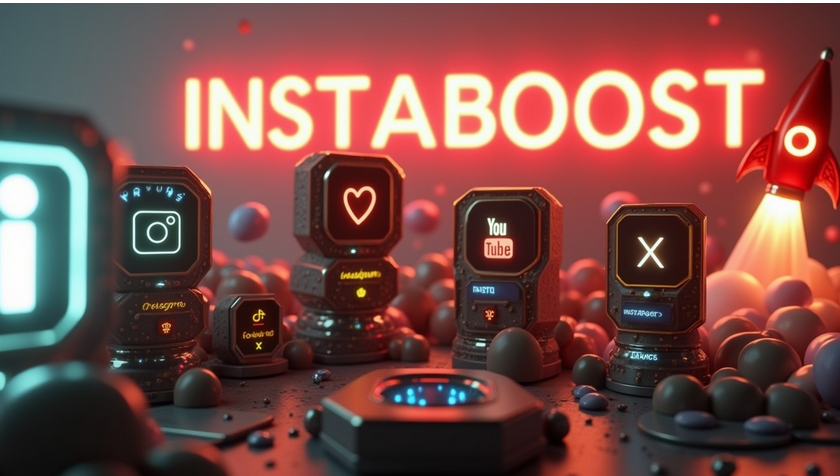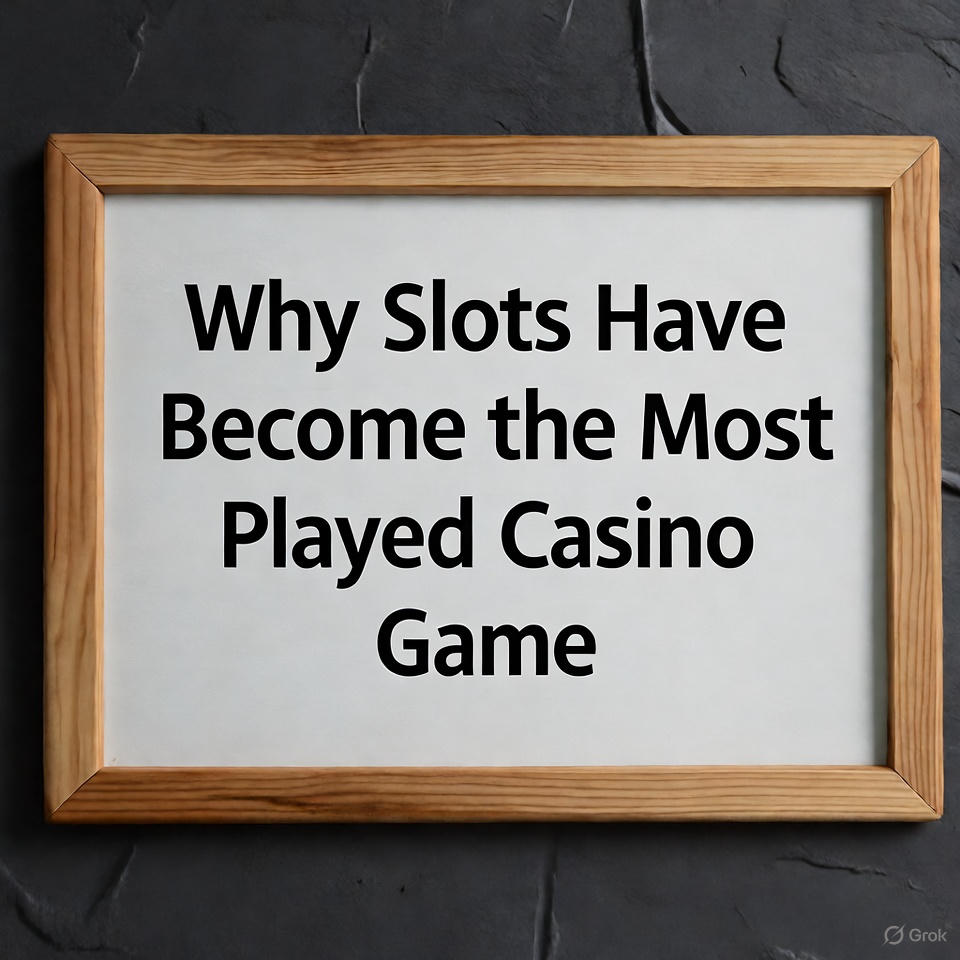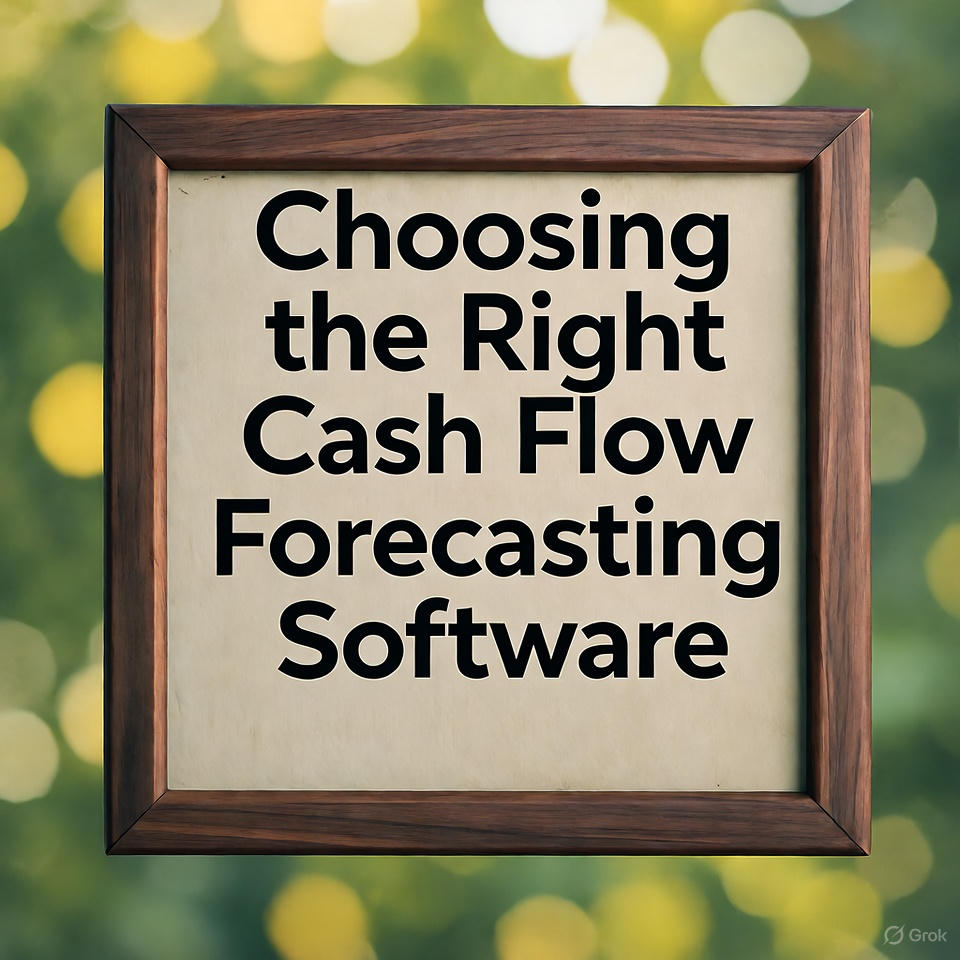
It can be discouraging to see your likes, comments, and shares slow down, especially after spending so much time building up your online presence. But engagement isn’t just a number – it’s tied to how people are actually using these platforms and what they care about these days. As 2025 gets closer, it doesn’t seem like big algorithm changes are the biggest factor anymore. It’s more about how much content is out there now and what people want to see in their feeds. Even accounts that have reached things like 10,000 followers are noticing the same thing: the usual tricks – good hashtags, every new trend, posting constantly – don’t really work the same way.
On Instagram and TikTok, it looks like the focus is shifting toward posts that spark real conversations, not just quick reactions. If you’re running a brand or putting your work out as a creator, it might be worth stepping back to think about what actually connects now. There are some options – like services that offer marketing support for online stars – but a lot of it just comes down to trying new things and seeing what fits. You don’t necessarily need to start from scratch. If you keep an eye on what’s actually changing, whether that means using a tool like Instaboost for your small business or just testing out different kinds of posts, you’re already a step closer to figuring out what works next.
Why Data, Not Just Gut Feel, Should Guide Your Next Move
For a long time, I saw lower social engagement as a sign that something was off – maybe our posts weren’t as good, or the platform had changed its rules again. But after looking over 2024’s data, I’m starting to see it differently. The platforms keep changing, but so do the ways people want to use them.
When I sat down with clients at Instaboost and really got into the analytics, it stood out to me that it wasn’t only about fewer likes or shares. More people are sending private messages or saving posts, and public activity is dipping. It’s not automatically bad – if anything, it suggests people are more careful with how they interact, sharing things directly or saving them for later instead of responding in public. A few even mentioned they used services to purchase Instagram likes at some point, but found that didn’t always translate into the genuine engagement they were hoping for.
If we’re still measuring success the same way we did last year, we might miss the signals that tell us what’s actually working now. The folks who are catching on are starting to pay attention to which kinds of engagement actually matter, beyond the surface numbers, and they’re putting more effort into conversations and community. I think it’s worth slowing down and looking for these shifts. Fewer likes or comments aren’t the whole story anymore; there are other, less visible ways people are reaching out or connecting. It’s not that people aren’t engaged. It’s just not showing up in the same ways it used to.
Expect Hurdles – And Build Around Them
It’s pretty common to hit stretches where fewer people like or comment on your posts, and it’s easy to think the algorithm is at fault or to want to fix it quickly. But these slowdowns are part of how it goes, especially as platforms change and people have more to look at. Going into 2025, there’s just more in everyone’s feeds, and people don’t engage as automatically as they used to, so your posts might have to do more to catch their eye. That doesn’t mean you need to start over the moment you see a dip. It usually helps to pay attention to where engagement drops – maybe people have seen enough of a certain type of post, or they’re interested in different things, or their feeds are just busier.
Planning for those changes makes more sense than treating every dip like a problem. Analytics tools like INSTABOOST can show you patterns (in the same way there are places people go to buy TikTok followers for a quick boost), but it’s what you do with what you learn that matters. Sometimes it’s worth trying new posting times, different formats, or just asking followers what they want to see. The brands that handle it best aren’t the ones that never run into issues; they’re the ones that keep adjusting as things shift. Treating drops in engagement as a signal to try something else seems to make things a little more workable, especially with how fast digital habits keep changing.
When Playing It Safe Backfires
I remember when I tried to do everything exactly as the guides and experts suggested. I stuck to the recommended posting times, used the trending hashtags, and even copied the types of posts that seemed to work well for others. But even with all that, nothing really improved – my posts were still getting less attention, and it started to feel like I was just filling up space instead of connecting with anyone.
It’s strange; when everyone follows the same advice, everything starts to look and sound similar, especially now when there’s so much to scroll through every day. Most of what ends up in my feed is technically right, but it doesn’t stick with me. I used to think there might be some shortcut – like if you could just buy Facebook activity, maybe that would make a difference – but even then, it’s easy to blame the algorithm for fewer comments or likes, when sometimes it’s more about whether anyone actually notices what you’re sharing.
If your posts blend in, people move on without a second thought. Playing it safe doesn’t really get you anywhere – it kind of makes you invisible. The only times I’ve seen real engagement, either for myself or others, is when someone tries something different – maybe a photo that feels out of place in their usual lineup, or sharing a story that’s more specific and honest than usual, or asking a question that makes people stop and think. The usual rules might help, but they’re not the full answer.
Lately, the people and brands that seem to get real responses are the ones who are willing to break from the pattern, even if they miss what’s supposed to be the “best” time to post. If you’re thinking of trying something out of step with the usual advice, it’s probably worth it. The numbers might not change right away, but the people who do notice will care more.
Let Friction Fuel Your Next Move
Take this tension with you. It’s useful. That discomfort when your social engagement drops isn’t just a warning sign – it’s also a source of creative energy. Instead of rushing to smooth it over or defaulting to “quick fixes,” pause and let yourself genuinely notice where things feel stuck. Patterns of low likes or comments can reveal what your audience is tuning out, but also where your message might be getting diluted as trends shift for 2025. Rather than tweaking every post to chase fleeting algorithm changes, use this uneasy stretch as a pulse check: What’s actually resonating? What’s only filling the feed?
Treat this friction as a prompt to experiment thoughtfully – maybe that means testing unexpected content formats, pulling back to let one strong idea breathe, or even asking your audience directly what feels stale. Some of the most effective engagement fixes aren’t about volume, but about realignment – sharpening your voice, clarifying your purpose, and being okay with quieter periods as you recalibrate. Instaboost’s own data shows that the creators who grow through slow stretches are those who resist autopilot and let tension spark iteration. Remember, the landscape is only going to get more crowded. Those willing to sit with discomfort and respond deliberately – not reactively – are best positioned to build digital communities that last, not just spike. Use that tension as a compass, and your engagement strategy won’t just recover – it’ll evolve.




